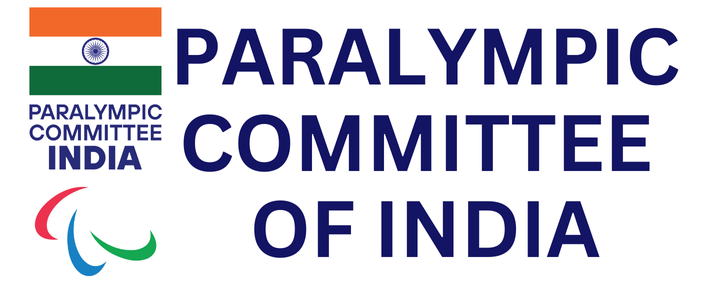Boccia is a precision ball sport designed for athletes with severe physical impairments, particularly those using wheelchairs. It has been a part of the Paralympic Games since 1984. The game emphasizes strategy, accuracy, and skill, as players aim to position their balls closest to a target ball.
The Paralympic Games feature individual, pairs, and team events for both men and women across different classifications.
Boccia is played on a level and even court spanning 12.5 meters in length and 6 meters in width. Soft leather balls, six in each color (red or blue), along with a single white target ball known as the jack, are utilized in the game.
Competitions are divided into ends, with individual and pairs events featuring four ends, and team events comprising six. Players take turns tossing or rolling their balls in an attempt to place them as close as possible to the jack. They may employ their hands, feet, or specialized aids like ramps to release the balls.
Scoring is determined by the proximity of the balls to the jack in comparison to the opponent’s nearest ball once all balls have been played. The player or team with the highest tally at the conclusion of the match emerges victorious.
Boccia’s distinctive blend of precision, strategy, and dexterity renders it a captivating and inclusive sport, providing a competitive platform for athletes with significant physical impairments.
The sport, played by athletes with significant impairments such as Cerebral Palsy, demands exceptional muscle control and precision, testing their skills and concentration at the highest level.
All participants in this mixed-gender sport have impairments affecting all four limbs, with many relying on electric wheelchairs for mobility.
There are four classifications, all involving mixed-gender competition:
• BC1: Designed for athletes with Cerebral Palsy, who may struggle with gripping the ball. They are permitted an on-court assistant to pass them the ball before throwing, and can use either hands or feet. While most opt for throwing, some choose to kick the ball.
• BC2: Also for individuals with Cerebral Palsy, but with greater ability to grip and release the ball. They do not have an on-court assistant and must throw the ball onto the court.
• BC3: Intended for players with Cerebral Palsy or other conditions, this classification involves the highest level of impairment. BC3 players use assistive devices, known as ramps, to play. An on-court assistant positions the ramp under the player’s direction and places the ball on it for release. There are both Individual and Pairs events, with at least one player with Cerebral Palsy required on court at all times in the Pairs event.
• BC4: Open to players without Cerebral Palsy, this class was introduced in 2004. BC4 players face similar challenges to BC2 players in gripping and releasing the ball but can consistently throw it into play. Like BC3, there are Individual and Pairs events.




No Comments
Sorry, the comment form is closed at this time.